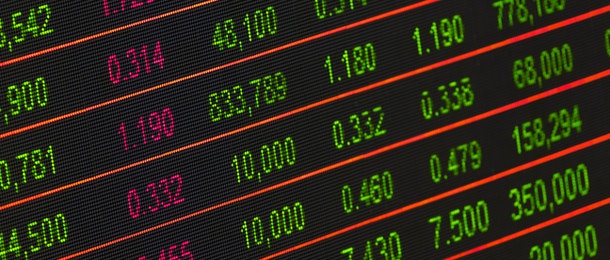Retirees should not consider the recent uptick in investment values as a positive indicator that markets have returned to normal after the COVID-19 driven downturn as the boost has been fuelled by a growth in government debt, according to the head of a major funds management group.
AMP Australia Chief Investment Officer Lakshman Anantakrishnan said while the impact of the coronavirus pandemic on global investment markets appeared similar to that of recessions in the 1990s and the global financial crisis, the drivers of the downturn and government responses were very different.
“In the early 90s, the economy was facing growing levels of debt, high interest rates and high inflation, while the GFC was brought on by low interest rates fuelling irresponsible lending in the US housing market, which then went bust. This time around, it’s been an external shock in the form of COVID-19 that has led to the downturn.
“The impact might feel similar to the early 90s recession, with rising unemployment being one of the most obvious consequences. But the main industries affected this time are different, with tourism, hospitality and education bearing the brunt.
Anantakrishnan pointed out that in the past the government’s response was to reduce tariffs, reform industrial relations and rely on productivity increases and globalisation to bring about economic recovery that was not possible in response to the COVID-19 downturn.
He added that while central banks, including the Reserve Bank of Australia, had responded to past downturns by cutting interest rates to boost economic growth, rates were already at very low levels.
Instead these banks have purchased assets, such as bonds, which has pushed more money into investment markets and in turn increased prices but has created a gap between the state of the economy, which is still heading downwards and investment markets and prices, which are heading upwards.
Anantakrishnan said this would have an impact on superannuation and investments and those in, or approaching, retirement needed to be aware of the risks created by the bank’s strategy.
“Asset prices are likely to continue to go up despite the negative economic outlook. This will probably continue over the short-term, but in the long-term it creates a new risk in the system.
“Instead of concerns about the level of household debt or corporate debt there are likely to be concerns about the level of government debt.
“So, the long-term outlook is a bit riskier, as the reality of the underlying economic situation could kick in at some point if financial markets lose their confidence in the central banks.
As a result of this risk, Anantakrishnan said people who are close to, or in, retirement and have taken a growth option in their superannuation should shift to an approach that will provide a stable income steam to prevent a large negative impact from any capital losses.
“It’s extremely important to understand risks and the impact these could have on retirement outcomes. These things should be considered if someone is thinking about deferring retirement until their super levels have been restored.
“For those already retired, expected spending should be re-visited as budgets will need to be reassessed for the next five to 10 years.
“Because financial market conditions have changed, investment strategies should also be reviewed to understand the changes to expected returns and income, as well as the changes in the level of risk being faced, and whether there is comfort in carrying this risk.




